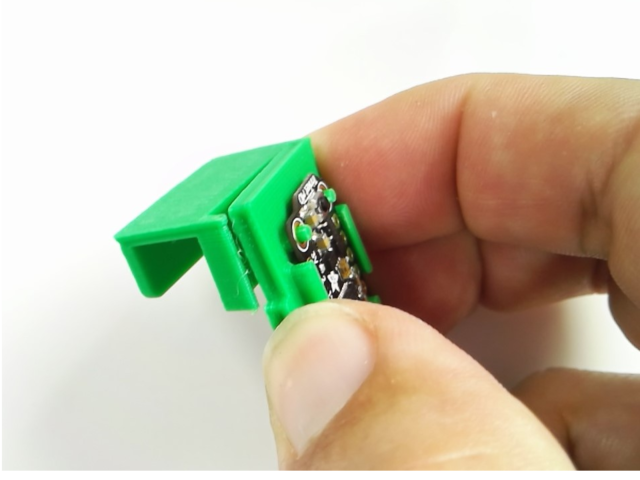Sometimes folks need help doing the simple things that most of us take for granted - that's where Assistive Technology comes into play. For example, ATMakers recently had a college student reach out and ask for help getting her professor's attention in class.
The problem was she has Spinal Muscular Atrophy (SMA) and couldn't raise her hand. So, we created this small Trinket-powered device that attaches to her laptop or tablet and lights up when she wants to participate!
Along the way, we found a fantastic way to control CircuitPython code using nothing more than the USB cord and Windows, Mac or Linux scripts loaded on the Trinket itself.
Parts List
This project requires just two parts and some 3D printing filament. You'll need a Trinket M0 microcontroller and a good USB Cable. Make sure you've got a data cable, not a charge-only cable, as this project will send data over the USB interface.
For the filament, you'll need a translucent style that allows light to pass through the faceplate. The Natural Translucent PLA listed below is great. For the other pieces, you can use the same filament or something opaque like the "ATMakers Green" filament we chose.
































